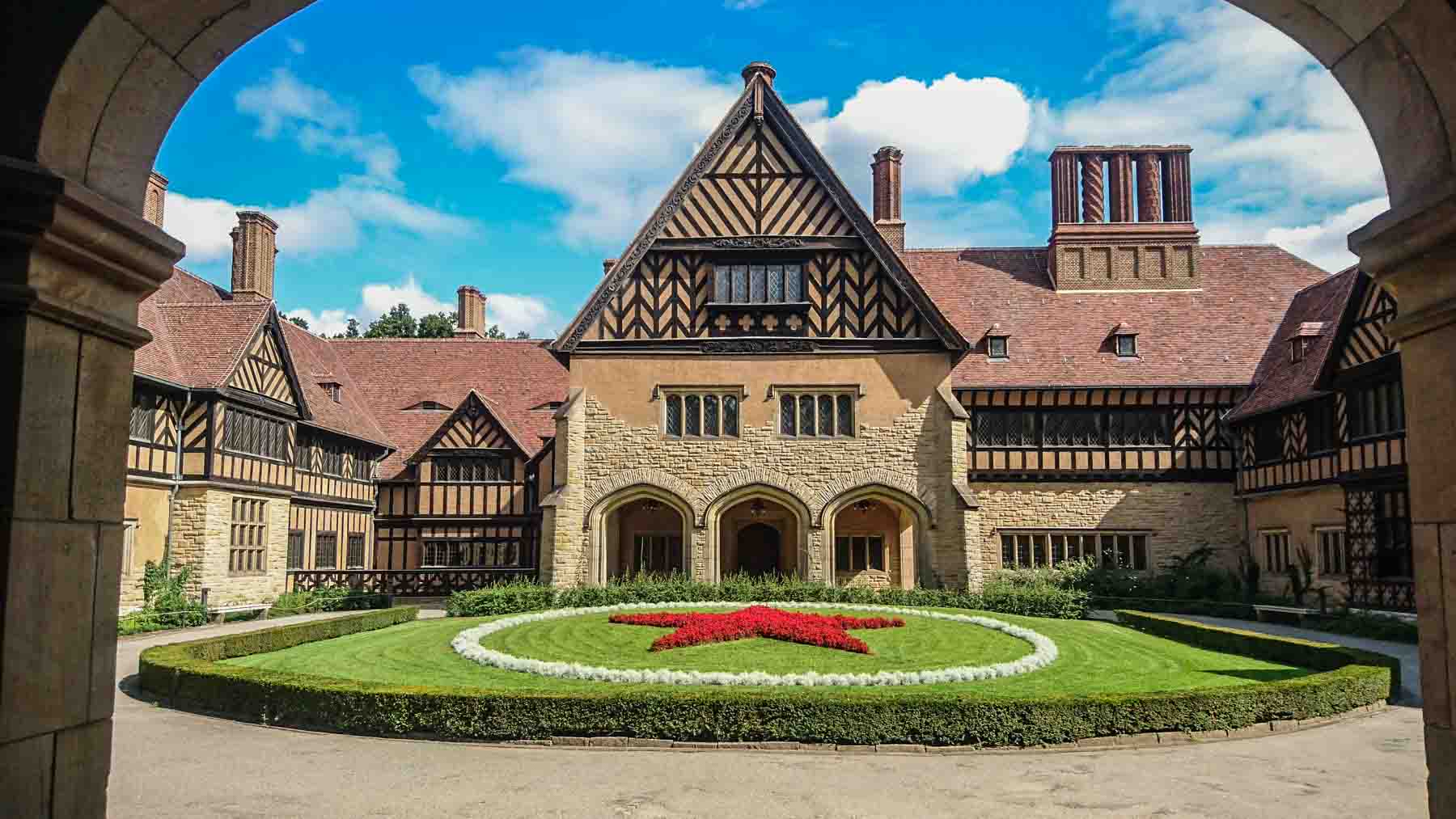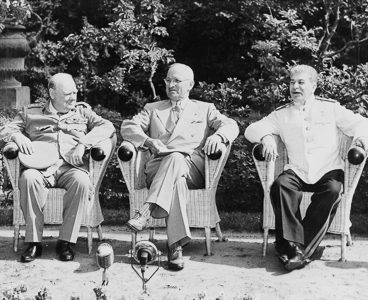The Cecilienhof Palace, located in the northern part of Potsdam, Germany, is an impressive example of the country's architecture from the early 20th century. It was built between 1914 and 1917 for Crown Prince Wilhelm of Germany and his wife, Crown Princess Cecilie. The palace, which combines elements of English Tudor and Gothic architecture, was designed by architect Paul Schultze-Naumburg. However, it became famous worldwide as the site of the Potsdam Conference in 1945.
The Potsdam Conference was held from July 17 to August 2, 1945, between the leaders of the Allied Powers, the United States, the United Kingdom, and the Soviet Union. It was the last of the three major conferences held by the three superpowers during World War II. The conference was held to discuss the future of Germany and Europe, the post-war settlement of Europe, and the demilitarization, denazification and democratization of Germany.
The negotiations at the conference were difficult, as the leaders of the Allied Powers had different ideas about the future of Germany and Europe. However, the conference ultimately produced several important agreements. One of the most significant was the agreement on the division of Germany into four occupation zones, to be controlled by the United States, United Kingdom, France, and the Soviet Union. The conference also established the Nuremberg Trials, where Nazi leaders were held accountable for their crimes during World War II.
Today, the Cecilienhof Palace is open to the public as a museum. Visitors can explore the palace's various rooms and see the places where the conference was held. The Great Hall is the most significant room, with its high ceiling, large windows, and ornate decorations. Visitors can also see the rooms where the delegations stayed during the conference, which are furnished with period furniture and decorations.
In conclusion, the Cecilienhof Palace is an important historical site, as it was the location of the Potsdam Conference, which shaped the future of Germany and Europe after World War II. The palace's impressive architecture, combined with its historical significance, make it a popular destination for tourists and history enthusiasts alike.

